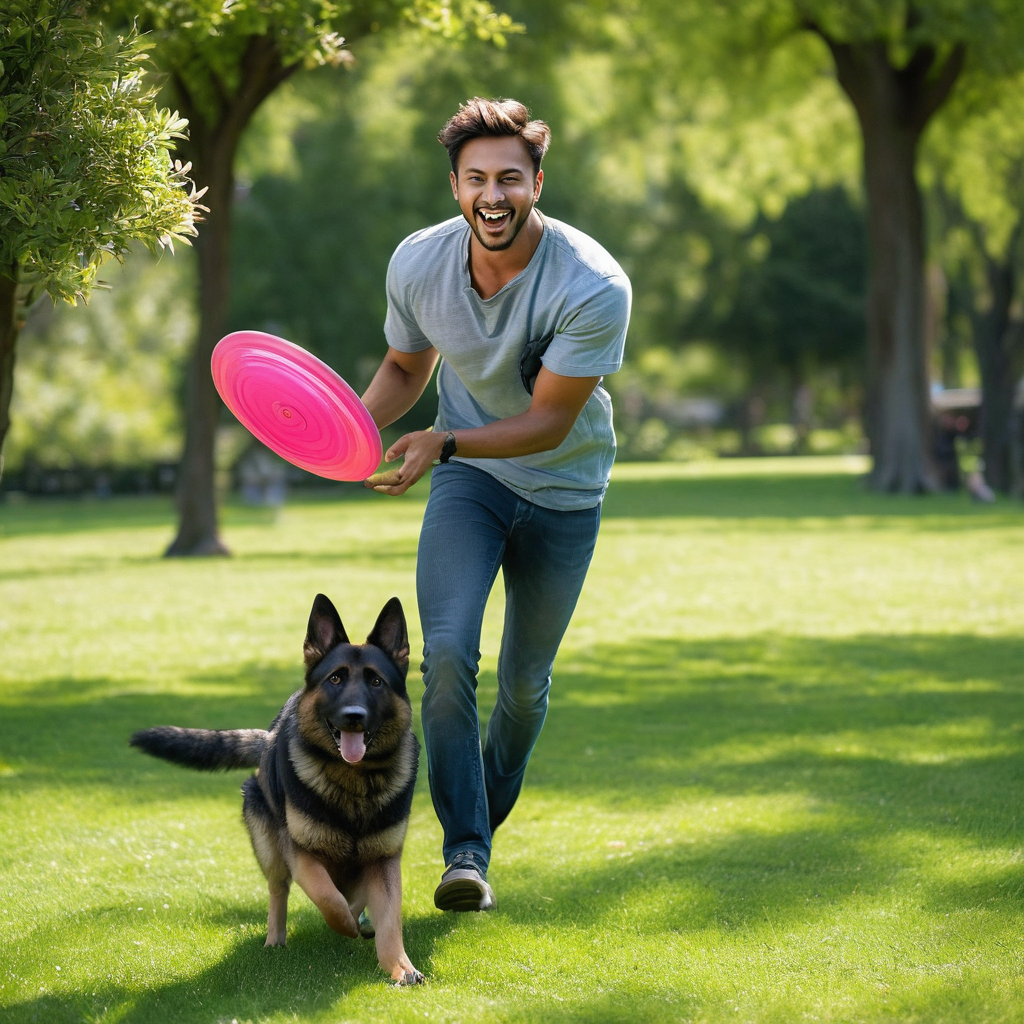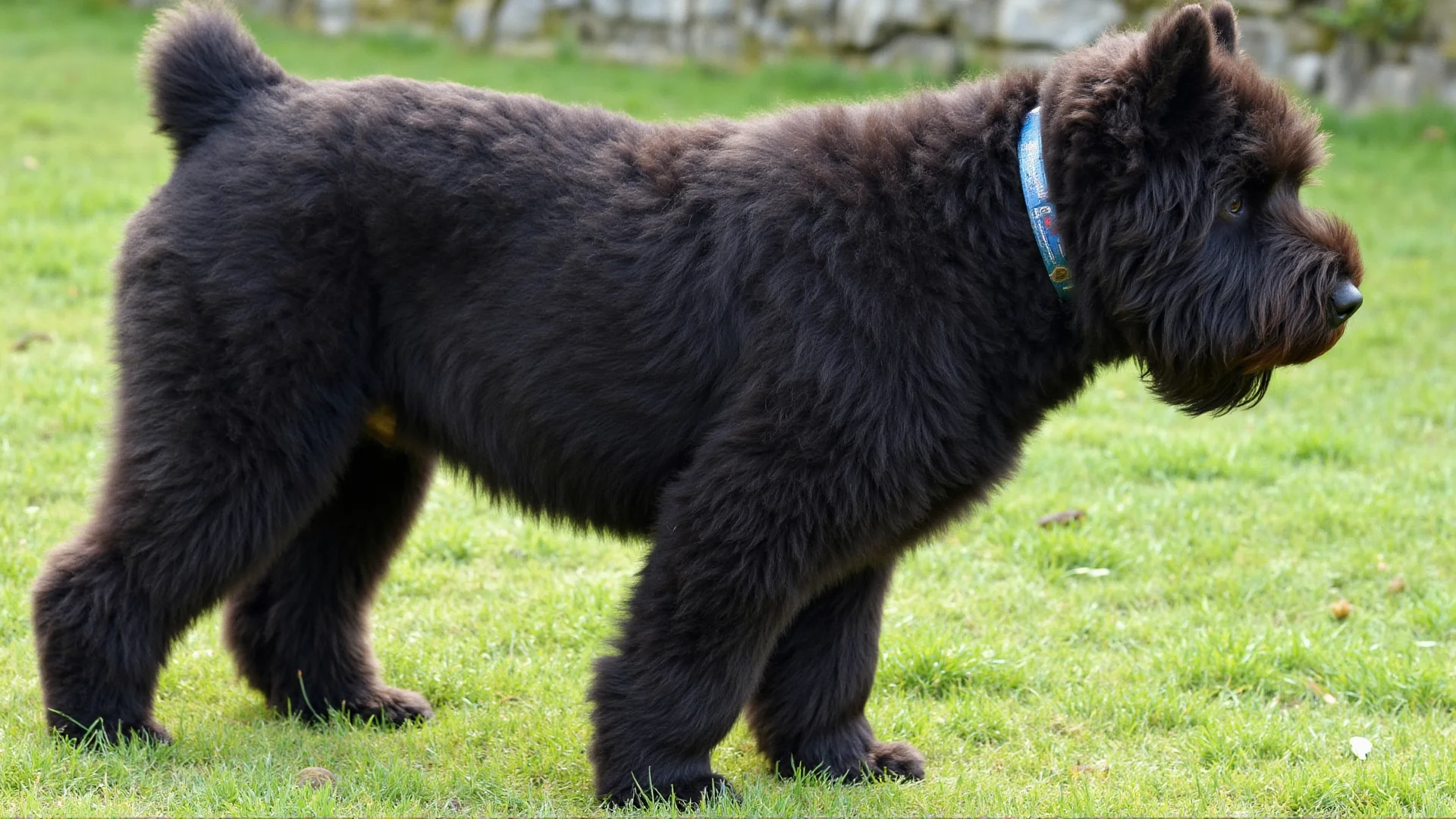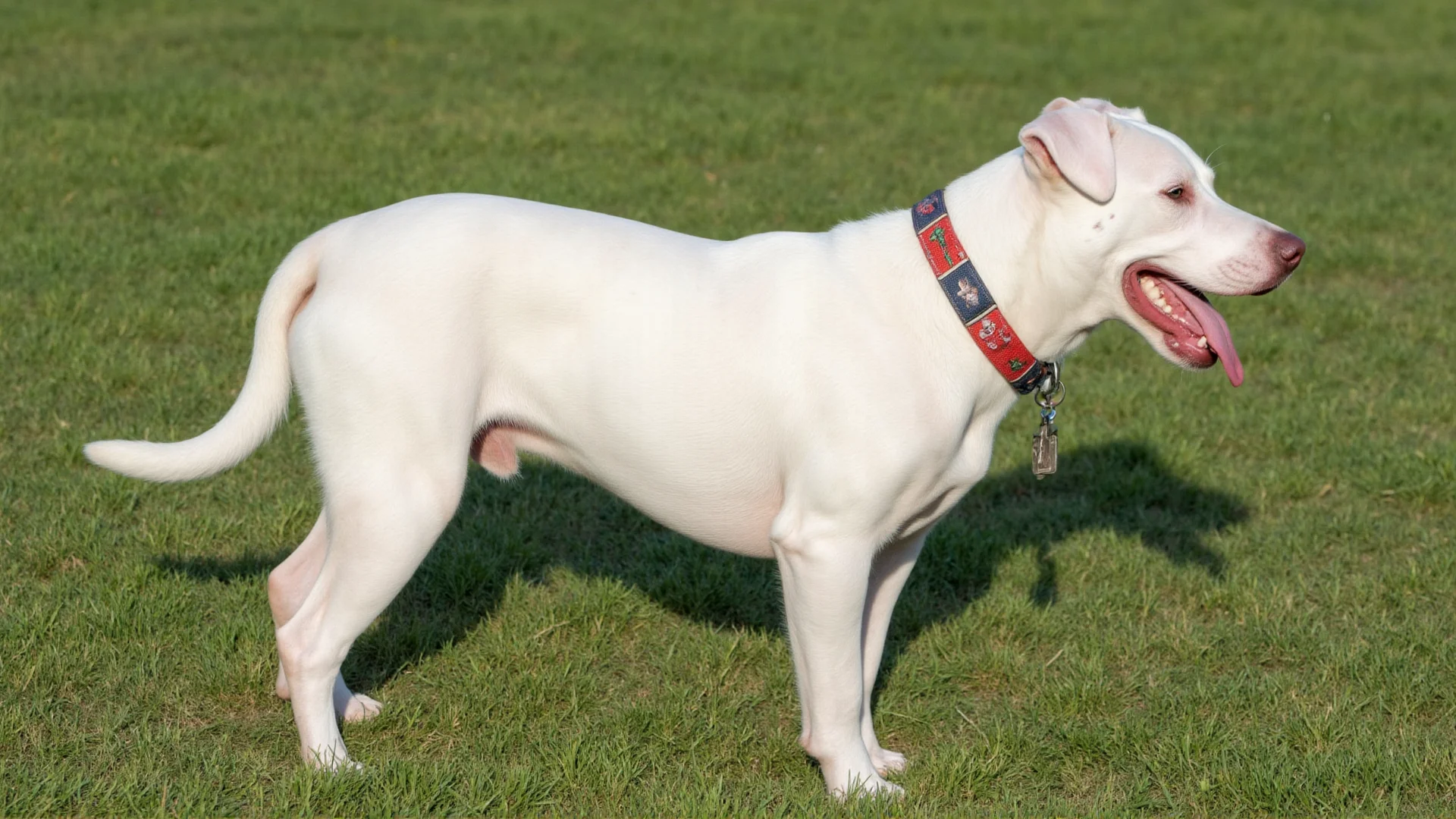The English Foxhound: Your Complete Guide to This Elite Hunting Companion
The English Foxhound stands as one of the most distinguished hunting breeds in canine history. With their unwavering stamina, keen nose, and pack mentality, these remarkable dogs have been the backbone of traditional fox hunting for centuries. Whether you're considering adding an English Foxhound to your hunting team or simply want to understand this incredible breed better, this comprehensive guide will provide you with everything you need to know.
The Noble Heritage of the English Foxhound
The English Foxhound's lineage traces back to the late 16th century, when English hunters began selectively breeding hounds to create the perfect fox hunting companion. These dogs were developed from a careful combination of Greyhounds for speed, Bulldogs for tenacity, and Fox Terriers for their fearless spirit. The result was a medium-sized hound with exceptional endurance and an unmatched ability to work in packs.
Traditional English fox hunting required dogs that could maintain a steady pace for hours, follow complex scent trails across varied terrain, and work harmoniously with dozens of other hounds. The English Foxhound was purpose-built for these demands, making them one of the most specialized hunting breeds ever developed.
Physical Characteristics Built for the Hunt
Standing 24-25 inches tall and weighing between 60-70 pounds, the English Foxhound possesses the ideal build for sustained hunting activity. Their deep chest provides ample lung capacity for long pursuits, while their strong, muscular legs are designed for covering rough terrain mile after mile. The breed's distinctive coat is short, dense, and weather-resistant, typically appearing in combinations of black, white, and tan.
Hunting Instincts and Natural Abilities
What sets the English Foxhound apart from other hunting breeds is their extraordinary combination of physical and mental attributes specifically honed for pack hunting.
Scenting Ability
The English Foxhound possesses one of the most refined noses in the canine world. Their ability to distinguish and follow individual scent trails, even when multiple animals have crossed the same path, is legendary among hunters. This skill, known as "line hunting," allows them to methodically track quarry across complex terrain where scents may be hours or even days old.
Stamina and Endurance
Perhaps no other breed can match the English Foxhound's legendary endurance. These dogs were bred to hunt continuously for 6-8 hours, covering 20-30 miles in a single day. Their cardiovascular system and muscle composition are optimized for sustained aerobic activity, making them capable of maintaining a steady trot for hours without fatigue.
Pack Mentality
Unlike many hunting breeds that work independently, English Foxhounds excel in pack situations. They possess an innate understanding of pack hierarchy and coordination that allows large groups to work together seamlessly. This social intelligence makes them incredibly effective in traditional hunting scenarios but also means they thrive when kept with other dogs.
Training Your English Foxhound for Hunting Success
Training an English Foxhound requires understanding their unique psychology and working with their natural instincts rather than against them.
Early Socialization and Pack Integration
Begin socializing your English Foxhound puppy as early as 8-10 weeks old. Expose them to other dogs, various environments, and different people. Since these dogs are naturally inclined toward pack behavior, early socialization helps them develop the confidence and social skills necessary for successful hunting partnerships.
Scent Work Foundation
Start with basic scent games using treats or toys hidden around your property. Gradually increase the complexity by creating longer trails and introducing distractions. This builds their natural scenting ability while teaching them to focus on specific targets.
Progressive Scent Training Steps:
- Week 1-2: Hide treats in obvious locations, encouraging natural sniffing behavior
- Week 3-4: Create simple drag trails using scented cloth
- Week 5-8: Introduce aging trails (30 minutes to 2 hours old)
- Week 9-12: Add terrain challenges and weather variations
- Week 13+: Begin working with live scent if pursuing traditional hunting
Recall Training for Hunting Dogs
Reliable recall is crucial for any hunting dog, but particularly important for English Foxhounds who may become intensely focused on scent trails. Use high-value rewards and practice in gradually more distracting environments. Never punish a dog for returning slowly, as this will undermine their willingness to come back at all.
Conditioning and Physical Preparation
Building the physical conditioning necessary for hunting requires a systematic approach. Start with short walks and gradually increase distance and intensity. Road work on pavement helps build pad strength and cardiovascular fitness, while hill training develops the muscle strength needed for challenging terrain.
Modern Applications for English Foxhounds
While traditional fox hunting with packs has declined in many areas, the English Foxhound's skills translate beautifully to various modern hunting and sporting activities.
Drag Hunting and Clean Boot Hunting
These activities maintain the traditional excitement of the chase while using artificial scent trails instead of live quarry. English Foxhounds excel at these sports, which provide excellent exercise and mental stimulation while preserving centuries-old hunting traditions.
Scent Work and Tracking Competitions
The breed's exceptional nose makes them natural competitors in various scent work activities. From AKC Scent Work to tracking trials, English Foxhounds often outperform breeds traditionally associated with these sports.
Search and Rescue Work
Their stamina, scenting ability, and trainability make English Foxhounds valuable assets in search and rescue operations, particularly in wilderness settings where their endurance gives them a significant advantage.
Health and Care Considerations for Working Dogs
Maintaining an English Foxhound in peak hunting condition requires attention to both preventive healthcare and performance optimization.
Common Health Issues
English Foxhounds are generally healthy, but potential issues include hip dysplasia, kidney disease, and epilepsy. Regular veterinary checkups and health testing of breeding stock help minimize these risks.
Nutrition for Performance
Working English Foxhounds require high-quality nutrition with adequate protein and fat content to support their energy needs. During hunting season, they may need 50-100% more calories than sedentary dogs. Consider feeding multiple smaller meals to prevent bloat, a serious condition in deep-chested breeds.
Foot Care and Conditioning
Regular foot inspection and pad conditioning are essential for hunting dogs. Gradually build up tolerance to rough terrain, and always check for cuts, thorns, or other injuries after field work.
Living with an English Foxhound
English Foxhounds can make wonderful companions, but their high energy and pack-oriented nature require specific considerations.
Exercise Requirements
These dogs need substantial daily exercise – at least 2 hours of vigorous activity. Without adequate physical and mental stimulation, they may become destructive or develop behavioral problems.
Housing and Space Needs
English Foxhounds are best suited to homes with large, securely fenced yards. Their strong hunting instincts mean they may chase small animals, and their endurance allows them to travel considerable distances if they escape.
Companionship Needs
Due to their pack mentality, English Foxhounds often do best when kept with other dogs. Single dogs may become lonely or anxious, particularly if left alone for extended periods.
Choosing the Right English Foxhound
If you're considering adding an English Foxhound to your hunting team or family, careful selection is crucial.
Finding Reputable Breeders
Look for breeders who health test their breeding stock and can provide evidence of the parents' hunting ability or working credentials. Avoid puppy mills or breeders who cannot provide detailed health and lineage information.
Evaluating Hunting Potential
When selecting a puppy for hunting, look for confident, curious individuals who show interest in scents and sounds. The puppy should be neither overly shy nor excessively dominant, as both traits can interfere with pack work.
Adult vs. Puppy Considerations
Adult English Foxhounds from hunting backgrounds may already possess trained skills and established temperaments. However, puppies allow you to shape their training from the beginning and may bond more closely with their new handler.




